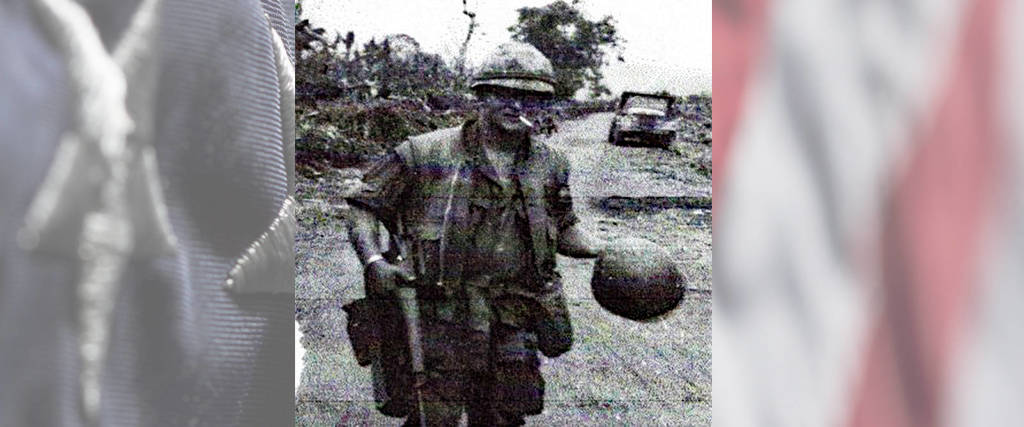Marines Corps Vietnam War Chicago, IL Flight date: August, 2019
By Dave Koziol, Honor Flight Chicago Veteran Interviews Volunteer
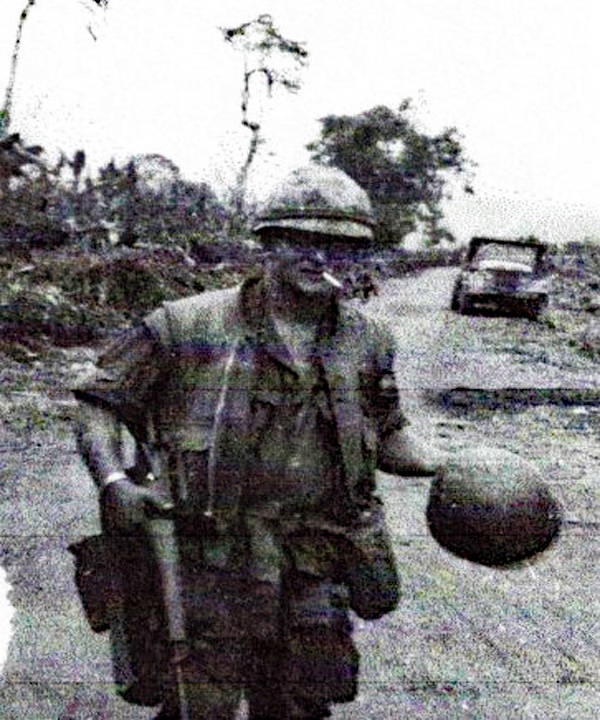
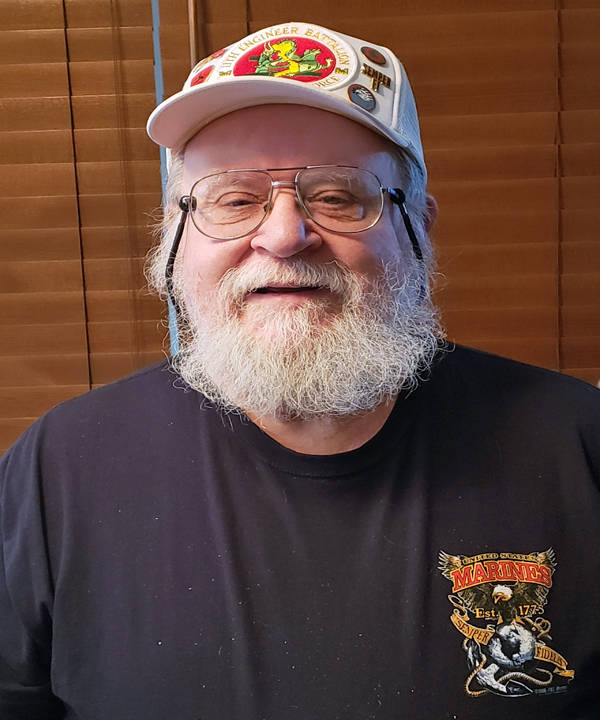
Charles Luhan, Jr. was born in Chicago, IL in March of 1947. He was the only child of Charles, Sr. and Lillian Luhan. His father, Charles Sr., was in the Army during WWII and served in the Pacific Theater of operations. Charles, being of Slovak descent, grew up in the “Back of the Yards” neighborhood and attended Chicago Vocational High School. Shortly upon graduation from high school, Charles volunteered for service in the U.S. Marine Corps; he was 18-years-old, but was given a six-month delayed entry.
In June of 1966, Charles—now 19—was sent to Naval Base San Diego for eight weeks of Basic Training. He was then sent to Camp Pendleton, California, for an additional four weeks of training. After those twelve weeks, he was told he would become a combat engineer, which was a surprise to Charles. He recalls, “They gave me a test in Chicago after enlistment.” He thinks because of that test the Marine Corps had his Military Occupational Specialty (MOS) already chosen, but they never told him. Finally, he was sent to Camp Lejeune, North Carolina, to attend four weeks of engineering school before becoming a Marine Corps combat engineer.
Upon completion of all his training, Charles was assigned to the 8th Engineer Battalion at Camp Lejeune. By early 1967, Charles and the 8th Engineers were stationed in Puerto Rico. While there they built a new air strip and new huts on a naval airfield. During his time in Puerto Rico, Charles received a strange assignment. He said, “Some of us were sent to Mexico for security for a diplomat.” He continues, “We wore black suits and carried handguns. We were there three or four days, but never saw him.”
After that tour in Puerto Rico, Charles and his unit were sent back to Camp Lejeune. It was there he would be re-assigned to the 11th Engineer Battalion, attached to the newly re-activated 3rd Marine Division, destination Vietnam. He was given a 30-day leave, then returned to Camp Pendleton. There he was given a month of “jungle training” before being sent overseas. In February of 1968, he was flown from California to Da Nang, Vietnam on a commercial jetliner. This would begin Charles 13-month combat tour in Vietnam.
Upon arrival in Da Nang, Charles was sent inland and westward to Dong Ha Combat Base and assigned to D “Delta” Company, 11th Engineer Battalion. The battalion was made up of four companies, A through D, plus a Headquarters (HQ) Company. Each company lived in separate compounds of barracks made of tents while stationed at Dong Ha. They later made more permanent dwellings from wood and aluminum.
Each company compound at Dong Ha flew flags of their members home states. However, Charles would fly the City of Chicago flag (which has four blue stars) when he had the chance. When he did this, his company’s compound would receive unusually more rocket attacks than normal. The company commanding officer told Charles, “Can you take down that four-star flag, they think you’re a General.”
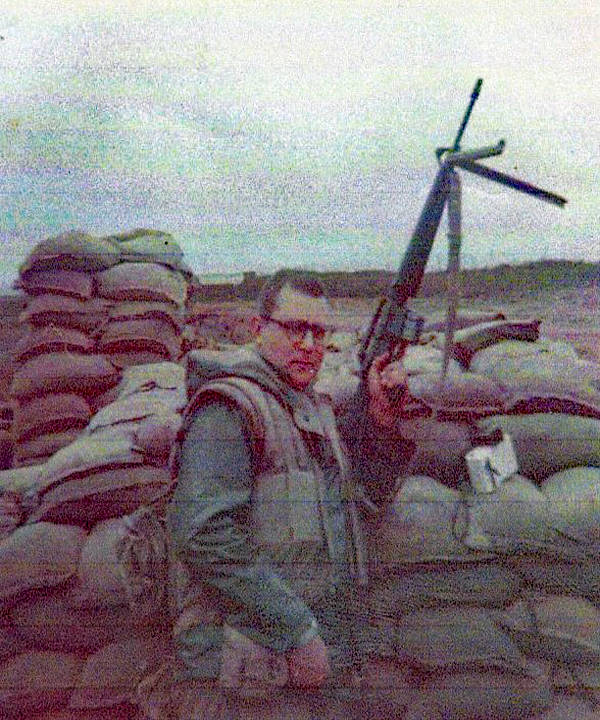
The duties of Delta Company and the rest of the 11th Engineers was highly specialized. They built forward bases and bunkers, laid mine field in clusters around those positions, and made safe lanes to walk. They also built bridges for military personnel and small vehicles to cross. At the same time a bridge was built, they would also build a by-pass next to the bridge, this allowed heavy equipment to cross. While in Vietnam, Charles helped construct 10-to-12 bridges and the accompanying by-passes, along with building many bunkers and laying mine fields.
Delta Company would leave Dong Ha for a period of two weeks to a month to complete their construction projects. The road between Dong Ha and Khe Sanh Combat Base (northwestern most base) received most of Delta Company’s attention. Marine combat engineer companies would leave Dong Ha un-escorted and would be self-sufficient. They had to provide their own security, which meant sweeping the road while in the field. They often received sniper fire, with Charles stating: “We were shot at on occasion.”
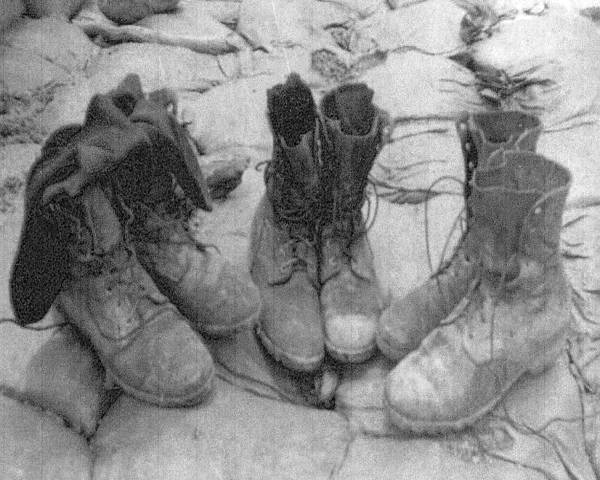
Charles recalls a time on the road, when he and a fellow combat engineer were jackhammering a concrete platform for a span bridge I-beam installation. He said, “I looked around and everyone else was gone. We were getting shot at, but we couldn’t hear!” They eventually finished their task with the assistance of a helicopter. The helicopter flew in three I-beams on separate trips, which formed the base of the span bridge. Charles would direct the placement of each I-beam as they were slowly lowered into the spaces in the concrete that he had just jack-hammered out.
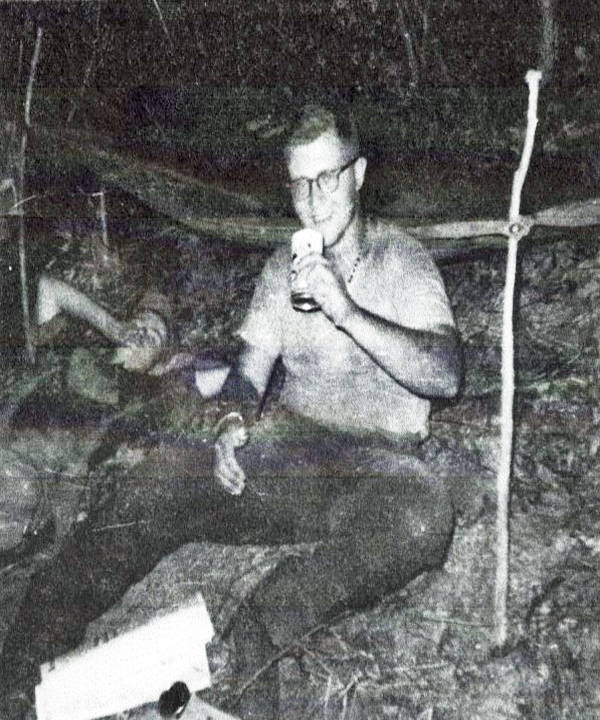
While in the field, the combat engineers had to sleep in fox holes. Charles remembers, “We were in one place and it was all rocks. We could only dig about six inches deep, enough to lay flat.” While the food was very good at Dong Ha, away from the base they had to eat WWII C-rations. It was not an ideal living environment, but the construction had to be done.
In June of 1968, Delta Company’s construction work took them near the Khe Sanh Combat Base. As enemy activity intensified in the area, the company had to remain inside the base. For two-to-three weeks the base was attacked, and the road to Dong Ha sealed off. Luckily, the company had brought with them two bulldozers and two large trucks. This heavy equipment was used to create additional shelters inside Khe Sanh. Eventually the “grunt” forces of the Army and Marines opened up the road and Delta Company was able to return to Dong Ha. Soon after, Khe Sanh Combat Base was completely evacuated and abandoned.
Charles, being a year or two older than most enlisted men in Vietnam was called “Uncle Lu” by his fellow Marines. He served there as a Corporal (E-4) and was promoted to Sergeant (E-5) before he left Vietnam. After Khe Sanh, Delta Company was sent east from Dong Ha to build. This area was near the Cua Viet River, between Dong Ha and the ocean. While on patrol in the rice patties in this area, his company fell under enemy fire. Charles remembers calling in a specific air strike over the radio during this time.
Charles said calling in an air strike went something like this, “This is Easy-5 (short for Sergeant E-5) – Uncle Lu – Delta Company – We are in a world of hurt.” They would answer, “Go ahead Uncle Lu” and he would call in the co-ordinates. Usually an aircraft would fly in from left to right or right to left and fire weapons in support. Other times it would be regular field artillery fire, however this time it was different. The company received naval fire for support from a battleship, the USS New Jersey. They were ordered to fall back 1000 meters and the first round was fired. He said, “It came from behind us and sounded like a train, it made a chugging sound. It looked like a cigar in the sky the size of a car.” After firing three rounds, the men advanced and received no more enemy fire. They did encounter three large holes in the ground, each the size of a house.
Charles also spoke of other air and artillery attacks he witnessed. While his company was manning a hill, he witnessed B-52 bombers dropping bombs off in the distance. He said, “The ground would shake, and you would see the explosions. It would scare the daylights out of you.” Another was Harassment and Injury Fire (H & I Fire.) This was artillery fire directed at the enemy, but fell close to friendly positions all too often as far as Charles was concerned.
In October of 1968, “Delta” Company was on the receiving end of severe enemy fire. Dong Ha Base Camp was attacked by enemy rockets and the ammo dump was hit and exploded. Charles has pictures that were taken during and after the attack. Near the end of his thirteen-month tour in Vietnam, Charles was again re-assigned. This time to the 3rd Engineer Battalion stationed at Quang Tri Combat Base, south of Dong Ha. At Quang Tri his new company participated in combat patrols with Army units.
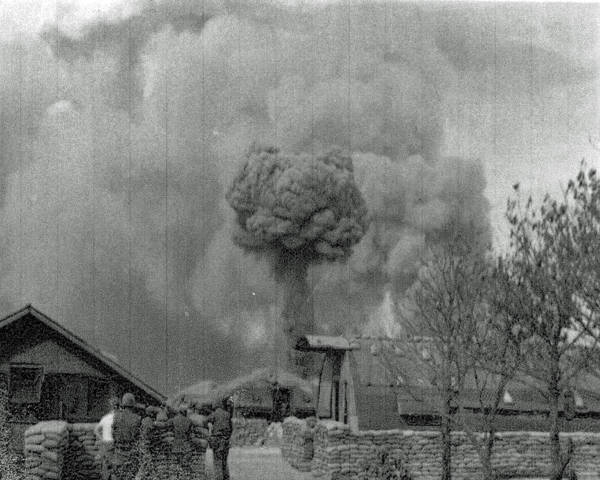
After the completion of his tour of duty, Charles was transported to Da Nang to be flown home. His return flight stopped in Okinawa, Japan, and then to Alaska before eventually landing in Los Angeles. While in Alaska the men could deboard the plane; of course a snowball fight erupted. He was granted a 30-day leave upon landing in LA. He stayed for a time in LA at his girlfriend Ana Maria’s aunt and uncle’s home before returning to Chicago.
After his leave, it was back to Camp Lejeune and another reassignment, this time to the 2nd Engineer Battalion. He would participate in several “cruises” aboard Navy vessels. He was assigned to two six-month Mediterranean cruises and one four-month Scandinavian cruise. It was easy duty on these cruises, however he participated in several naval exercises. His company mostly practiced amphibious landings – climbing down nets into small landing craft.
Charles got to visit Spain, Malta, Crete, Greece, Naples, Italy and Marseille, France while in the Mediterranean. He visited England, Norway and Sweden while in Scandinavia. Charles remembers the names of two of the naval vessels he cruised on, the USS Sandoval and the USS Cambria. Not long after finishing his final cruise, he completed his active duty and was honorably discharged in May of 1970. His service awards include the Combat Action Ribbon, the Good Conduct Medal, the National Defense Service Medal, the Vietnam Service Medal, and the Republic of Vietnam Campaign Medal as well as others.
Soon after arriving back in Chicago, Charles managed to get a job as a bank teller. In October of 1970, Charles married his girlfriend Ana Maria. They had met in high school, both being from the “Back of the Yards” neighborhood. She was angry at him for not marrying her before he left for Vietnam. Charles, in response, sent her many gifts from overseas, dinner plates from Vietnam and pearls from Spain to name a few.
Charles and Ana Maria have lived in the “Scottsdale” neighborhood of Chicago since 1991 and have two daughters, Jennifer and Kimberly. They have three grandchildren: Morgan, Joaquin and Esteban. Charles’ son-in-law, Juan, is an Army Veteran. Charles is active in the VFW, American Legion, and DAV (Disabled American Veterans) and is a past local chapter treasurer.
Charles has dressed as Santa Claus for over 25 years for these and other organizations. Ana Maria, a retired schoolteacher, recently joined him as Mrs. Claus. The grandchildren however know the truth, that he is the “real” Santa Claus. Charles retired from the banking industry in 2010 after 40 years and is devoted to his family and volunteer work.



